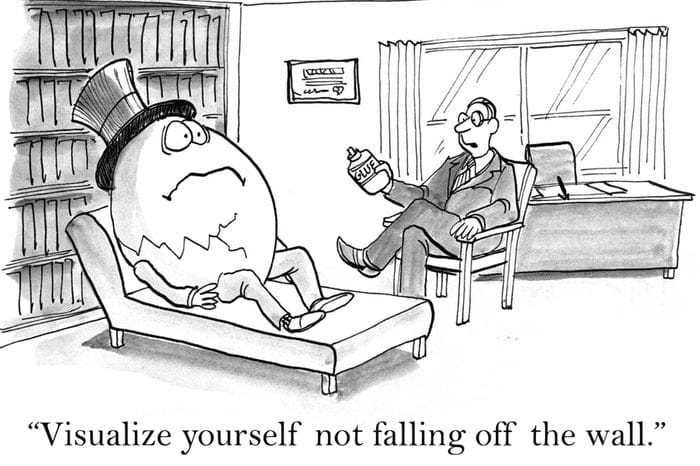The behavioral healthcare industry is in trouble. For kids and families, the dire shortage of providers and difficulty obtaining services means long wait times for necessary evaluations for speech, behavior, occupational, and other therapies, prescriptions for services, and their services to begin. They may get through the entire process and not qualify for treatment. Many children lose years of valuable intervention time to this convoluted, clogged pipeline. Those who already have services are familiar with gaps in treatment due to staff turnover, clinic, and agency closures, changes to their treatment teams and schedules, and family needs like illnesses, moving, and vacations. During the COVID pandemic, thousands of kids went without medical appointments and services due to the lockdown – on top of that, the enormous changes in routine and new isolation caused behavioral and skill regression for tons of kids. Caregivers’ stress levels went up with changes to working, schooling, and daily life as well.
The rise in diagnosis rates for autism corresponds to an increased demand for services, but the behavioral healthcare workforce cannot serve all the people who need help. Requirements for licensure and certification have gotten tighter, it takes years and tens of thousands of dollars to complete the education and training needed, and the vast majority of clinicians are relatively inexperienced (50% of BCBAs have 5 or fewer years of experience). Many clinicians sought different work after the chaos of COVID, exiting their fields due to burnout from high workloads. The workforce is also overwhelmingly white and English-speaking, concentrated in places with higher population densities. This leaves marginalized, multilingual, and rural families without choices or access to care.
Families will continue to encounter delays as the behavioral healthcare industry recovers from COVID. Larger agencies are buying out smaller agencies, and others have begun to rely on private investments to stay afloat. Banks prioritize profits over outcomes, and these takeovers have resulted in the closure of clinics, policy changes, and termination of clients with a low number of hours (e.g., kids who are only in a weekly social skills group or are in the process of fading services out), and increased demands on staff. All of these factors hurt our kids and their families. While the behavioral healthcare industry sorts itself out, additional safety nets like curaJOY are becoming increasingly important.





Leave a Reply to tadpoles Cancel reply